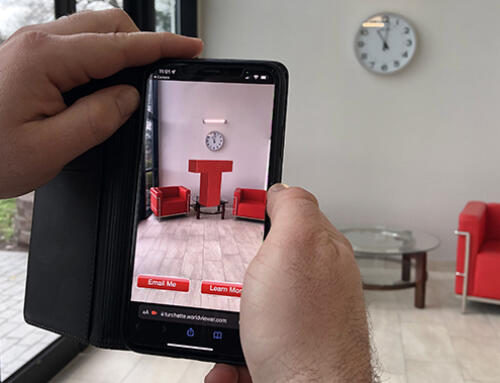6 Ways Financial Marketers Can Build Awareness and Foster Adoption of Mobile Banking Services
1. Create a User-Friendly App
When designing a financial app, the key is to combine functionality with simplicity. Mobile banking users want their experience to be easy, intimate, intuitive and quick. Balancing innovation against ease of use can be challenging. Financial apps that are too complex or difficult to navigate can frustrate the user and result in a lost customer – one who may not give you a second chance. Make sure it is tailored to the specific needs and lifestyle of the consumer and backed by extensive testing on numerous mobile devices.
2. Produce an Engaging Video
Once your mobile app is up and running, produce a short tutorial video and post it in multiple places – on your bank’s website, your social media company page(s) and within the app itself. It should also be available on big screen TVs in your branch offices so staff can demo the app and encourage mobile deposit enrollments. Often a simple simulated deposit experience is all it takes for savvy smart phone users to get hooked.
3. Get the Word Out
Be sure to prominently feature your mobile banking services on the home page of your website, not just the interior, secondary pages. To get the word out to existing customers, you can quickly, easily and cost-effectively promote it via e-blasts, e-statements and e-newsletters. To attract new customers and cast a wider net, your advertising agency can help create a highly-targeted, multi-channel ad campaign. Make certain they explore a broad array of online media opportunities and target potential customers behaviorally and geographically. Depending on your budget, you may also want to consider out-of-home media vehicles to reach “on-the-go” consumers in your local area – i.e. rail posters, bus shelters, billboards, subway posters, etc. Keep in mind, reach is important, but so is frequency. Don’t just advertise during the initial launch period. Building visibility, familiarity, trust and a positive reputation takes time and a series of memorable contacts in a variety of media outlets – and remember to promote mobile banking on all your ATMs as well.
4. Tap into Social Media
According to a recent study among smart phone owners with bank accounts, 60% of those aged 18-29 report using mobile banking and 54% of those in the 30-44 year old bracket did as well. Social media users are also young and the most likely to be early adopters of mobile banking, so tap into them. Create interactive online sales promotions and contests to drive awareness and attract new customers. Facebook postings, sponsored content and display ads can help keep your mobile banking services top of mind among the socialites.
5. Be Mobile-Friendly
The design of your financial app is critical to the success of your mobile banking program, but so is the design of your website. If you are offering mobile banking services, your website must be responsive and easy to navigate on all mobile platforms. If not, potential mobile banking customers probably won’t give your app a try.
6. Optimize Geographically
Millions of consumers turn to search engines to research and compare financial products. Competition is fierce and paid search campaigns can be cost prohibitive, however, most people performing searches for products geographically are researching with the intent to apply and often give more preference towards a local community bank over a mega-bank. If you are a community bank or credit union, consider targeting geographic search phrases – i.e. Montclair mobile banking, remote deposit capture New Jersey, online banking Bergen County, etc. Some banks have developed state-specific landing pages with fairly unique content that ties a certain financial product to a geographic location, i.e. NJ Mortgages, Mobile Banking in NJ, etc. Another tip: include your branch locations on the footer of your website so the markets you serve (counties, cities and states) show up on every page of your website – not just your Contact Us page.




